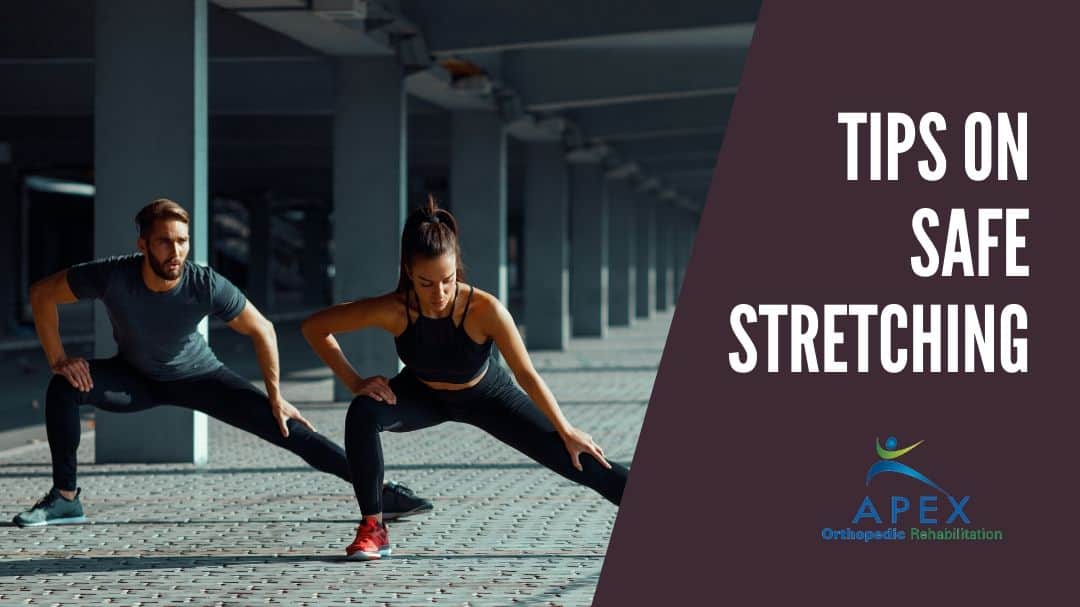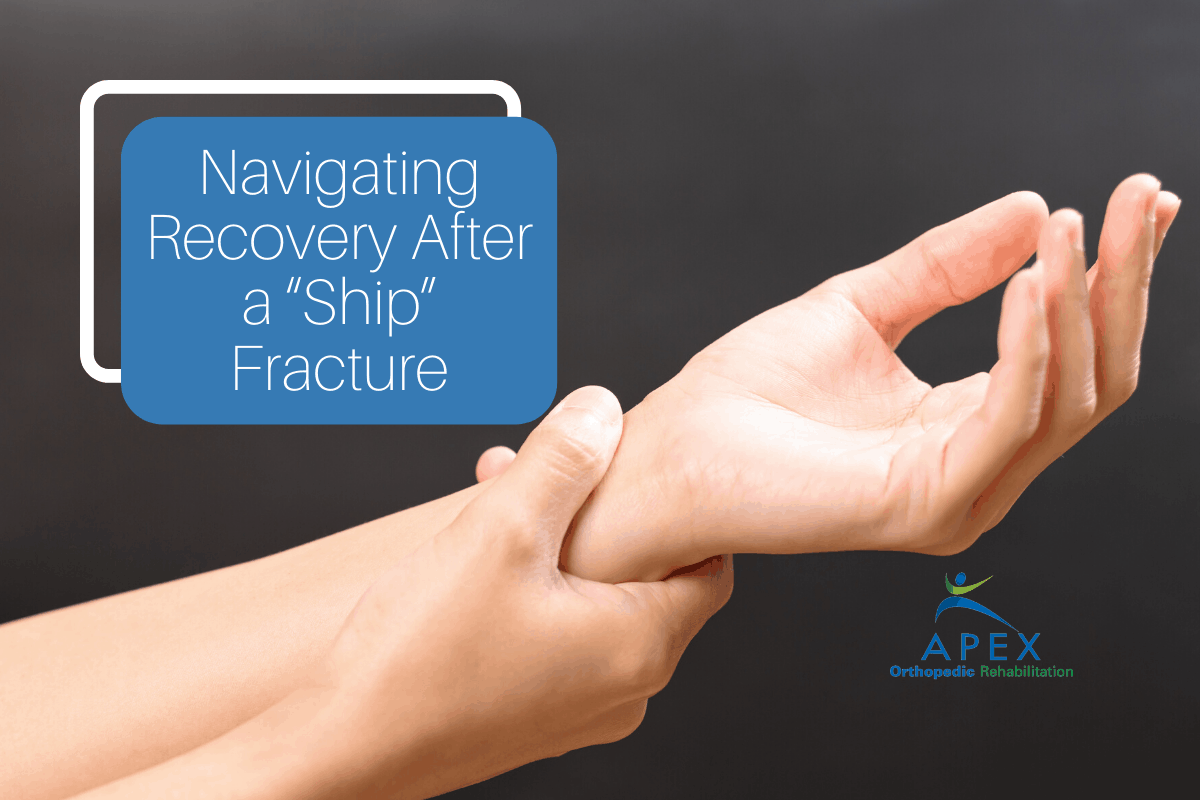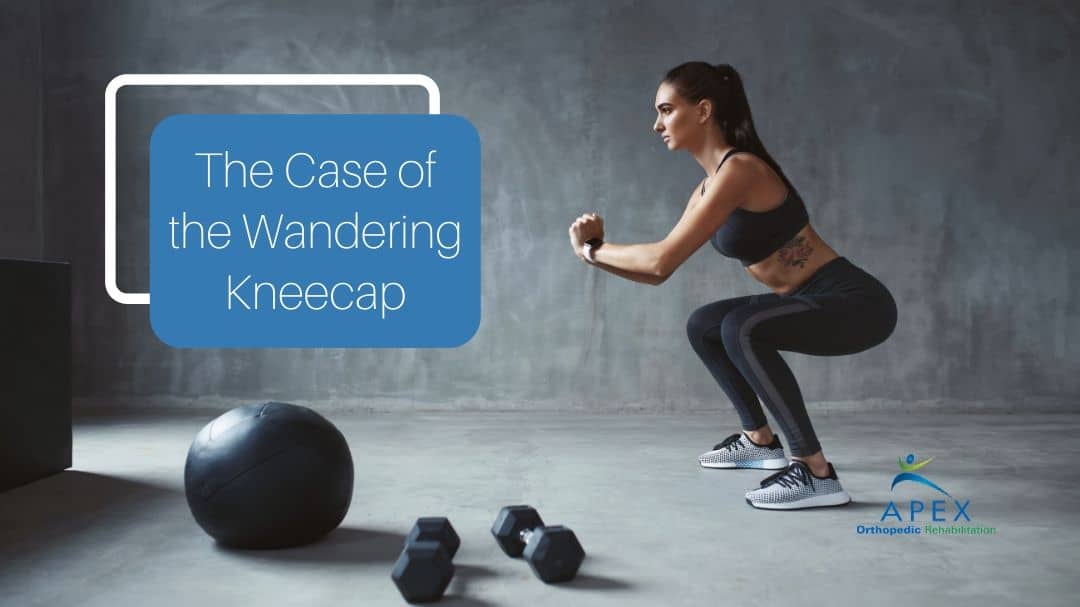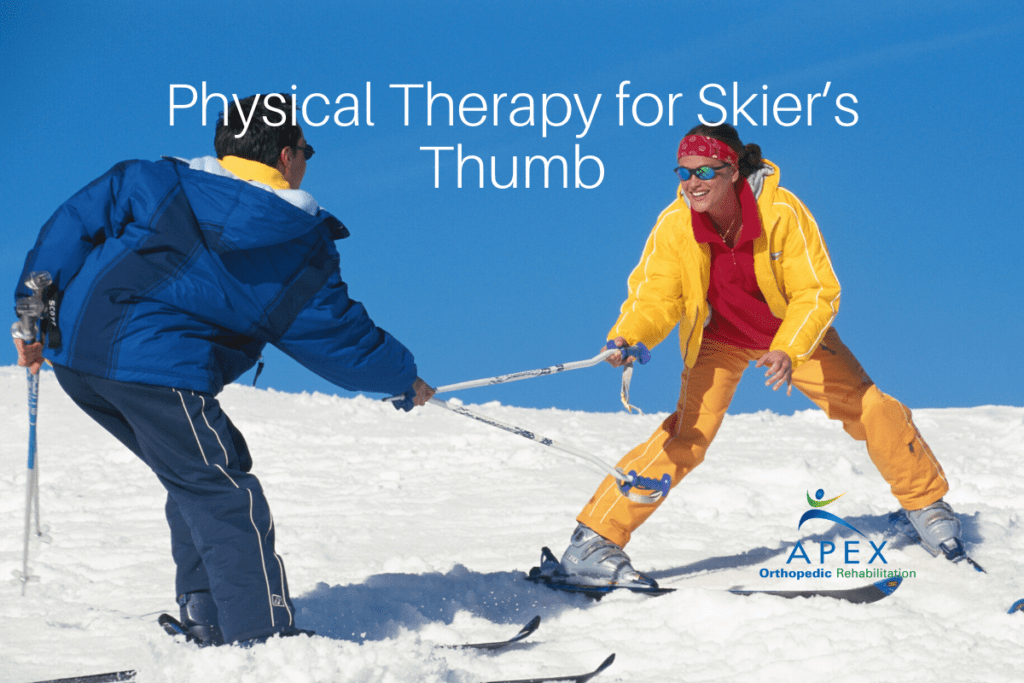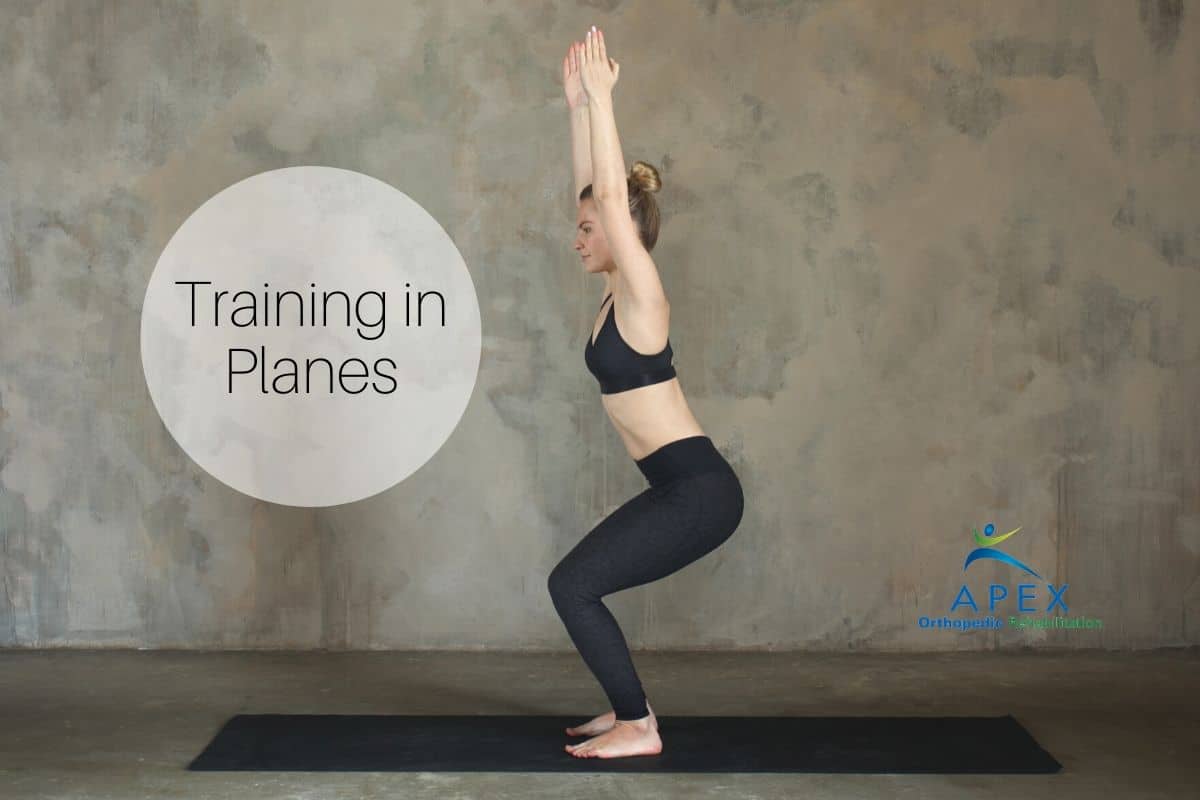
Whether scratch golfers or weekend duffers, most players want to improve their game, get in better shape and lower their score. But maximizing your golf game means more than just practicing regularly. By increasing your fitness, you can play with confidence and success. To ensure that you are in the best possible physical and mentalContinue Reading »



